Many years ago, I read the following: “The ‘I’ receives its being and meaning from that with which it is connected.”1 It was like a bolt of lightning; I sat up at full attention. My previous understanding of the ‘I’ was totally shaken and set in motion. I realized that I’d always thought of the ‘I’ as beginning in a center.
The ‘I’ as a center—and from out of this center, we direct our view to the world; from out of this center, inner sensations of impressions are formed; and from out of this center come our feelings and will impulses. But, after reading this sentence, the center-point of the ‘I’ turned inside-out. I realized (and had some dream-like premonition of it) that the ‘I’ is not simply what I reflect within myself as my experience of the world—my feelings, judgments, and memories. The ‘I’-experience is more than what I make of the world or how I shape my impressions. There’s also a counter-movement: my ‘I’ receives its essence, its fundamental purpose and being, through everything I connect with. I can direct my attention away from perceiving my ‘I’ as the activity center and direct it towards the effects coming both from my own inner self and from the outer world. I can experience how my ‘I’ seems to emerge within me through my encounters with everything and, more so, how my ‘I’ is shaped and formed by these external influences.
When I begin to realize this, a new field of perception opens up. I direct my gaze to all that I’m connected with and that I will connect with in the future. But what am I looking at? Everything that I encounter that rises up in my inner being colors my ‘I,’ so to speak, forming me and becoming part of my being. The question arises: What am I currently connected to? What is having an effect on my ‘I’-being? When I’m able to pose this question, a wide spectrum comes into view—my inner world and the outer world. Different bodily stimuli evoke feelings and behaviors; I meet people, objects, and processes in the world; the gentle light of dawn on first awaking, or a deep encounter with another human being—a multifaceted world unfolds.
Then, I make a fundamental discovery: my thinking appears quite differently than my feelings and will impulses. Thinking stands available as a power that connects me both with the outer world and my own inner world, a power that unlocks my experiences. I find the power to expand my horizon, to grow beyond myself, to adopt other standpoints and viewpoints. Thinking gives me the power to step back, to pause and consider, or to step closer, to connect with something I recognize to be true. The power of thinking connecting me to the source of truth—the realm of the spirit—makes thinking a wholly unique instrument. Thinking is the mediator connecting me with all spheres of my being, and thus, it constitutes the primal activity of the ‘I.’
Context
In Theosophy, the ‘I’ is introduced in the chapter “The Being of Man,” section 4, “Body, Soul, and Spirit,” with the sentence: “The human being can only enlighten themself about themself in the right way when they clarify the significance of thinking within their being.”2 Rudolf Steiner then explains how the brain is the bodily basis of thinking and how the entire human body is formed in such a way that it “finds its coronation in the brain.” But he doesn’t stop there; the function of the brain is to provide “the bodily basis for the thinking spirit.”3 The brain is not the generator of thoughts or ideas but solely the bodily basis, the means upon which spiritual activity takes place.
From there, he presents an articulated view of the “life-filled form of the spirit”:4 the sentient soul, the intellectual soul, and the consciousness soul. Along with this, the role of thinking in relation to the body, soul, and spirit is explored. In the description of the consciousness soul, Rudolf Steiner writes: “The human being rises above the mere sentient soul by allowing what is independently true and good to come to life within themselves. The eternal spirit shines into the soul. An imperishable light arises within it. As much as the soul lives in this light, so much does it partake in the eternal. The soul connects its existence with the eternal. What the soul carries within itself as true and good is that which is immortal within it. What shines forth in the soul as eternal is here called consciousness soul.”5 This image of light’s effects is essential. Light is the bridge from the temporal to the eternal. The third member of the soul, the consciousness soul, gives the possibility of expanding the soul from above, as it were, by way of the spirit.
This is followed by the section on the ‘I,’ described as the “center of the soul.” Rudolf Steiner introduces the ‘I’ by recounting a memory of the poet Jean Paul. Jean Paul described his first experience of realizing “I am an I” as a lightning bolt from heaven, and he reflects upon this with the words: “My ‘I’ had seen itself for the first time, and for all eternity.”6 We can experience the ‘I’ in two ways: first, as an immediate inner experience, and second, as a process of self-perception that we only observe after the fact. During this process, knowledge and the object of knowledge are one. This is unique. Steiner continues: “The ‘I’ remains completely invisible as the actual essence of the human being. Jean Paul aptly calls the realization of the ‘I’ a ‘prolapsed incident having occurred in the veiled sanctum of the human being.’ For the human being is completely alone with their ‘I.’ And this ‘I’ is the human being themself. They are justified in regarding this ‘I’ as their true being.”7
Historical Setting
Ever since his time in Vienna, Rudolf Steiner was friends with theosophists, such as Friedrich Eckstein and the circle around Marie Lang. However, he was still skeptical about theosophy and wrote several critical reviews and articles over the years.8 When he was invited to give a lecture at the Theosophical Library in Berlin commemorating the death of Friedrich Nietzsche, he noticed that the audience was actually quite interested in the spiritual world. This lecture led to another, where he spoke about Goethe’s “Fairy Tale.” Soon afterward, he was asked to hold two cycles of lectures: “Mysticism at the Dawn of Modern Spiritual Life and Its Relationship to the Modern Worldview” in 19019 and, in 1902, “Christianity as Mystical Fact and the Mysteries of Antiquity.”10 Both cycles were published as books. Rudolf Steiner was then appointed General Secretary of the German section of the Theosophical Society in 1902. The presumption that Steiner drastically changed the direction of his life with these steps is based on a superficial understanding. In a letter from 1903, he wrote: “I can only say to you: the same kind of experience that taught me the truth of science also taught me the mystical fact of Christianity. Whoever knows me well knows that I haven’t changed much in my life.”11
Published in 1904, the work Theosophy: An Introduction to Suprasensible Knowledge of the World and the Vocation of Man is a first systematic consideration of the being of man in his physical, soul, and spiritual being, and the three worlds that underlie these layers of being. This book connects directly with the Philosophy of Freedom. His presentation refers to Goethe and Fichte and is methodologically based on German idealism. In the first edition, he still uses theosophical terminology, but in subsequent editions, he more and more withdraws these terms and favors an independent presentation.
Event
Rudolf Steiner lesen und verstehen [Reading and understanding Rudolf Steiner]: Conference of the Section for the Literary Arts and Humanities at the Goetheanum, May 1–4, 2025, with Andre Bartoniczek, Anna-Katharina Dehmelt, Ariane Eichenberg, Volker Frankfurt, Eckart Förster, Christiane Haid, Jaap Sijmons, and Renatus Ziegler.
More Section for the Literary Arts and Humanities
Translation Joshua Kelberman
Footnotes
- Rudolf Steiner, Theosophy: An Introduction to the Suprasensory Knowledge of the World and the Vocation of Man, CW 9 (Tiburon, CA: Chadwick Library Edition, 2019).
- See footnote 1, ch. 1:4.
- See footnote 2.
- See footnote 2.
- See footnote 2.
- See footnote 2.
- See footnote 2.
- For more details, see the highly recommended book by Robin Schmidt, Rudolf Steiner und die Anfänge der Theosophie [Rudolf Steiner and the beginning of Theosophy] (Dornach: Rudolf Steiner Verlag, 2010).
- Rudolf Steiner, Mystics at the Dawn of the Modern Age, CW 7 (Tiburon, CA: Chadwick Library Press, 2021).
- Rudolf Steiner, Christianity as Mystical Fact and the Mysteries of Antiquity, CW 8 (Tiburon, CA: Chadwick Library Press, 2021).
- Rudolf Steiner, Autobiography: Chapters in the Course of My Life, 1861–1907, CW 28 (Great Barrington, MA: SteinerBooks, 2006).



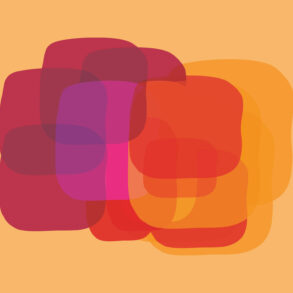
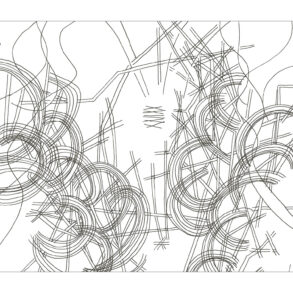
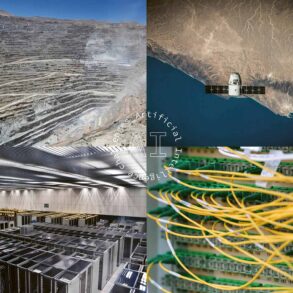
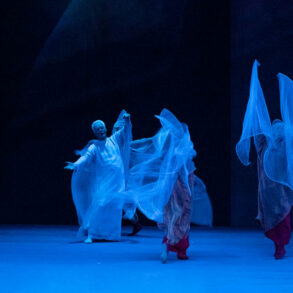

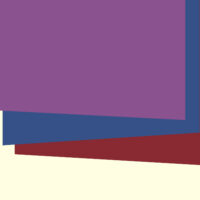

all three of these dissertations are absolutely brilliant !!!